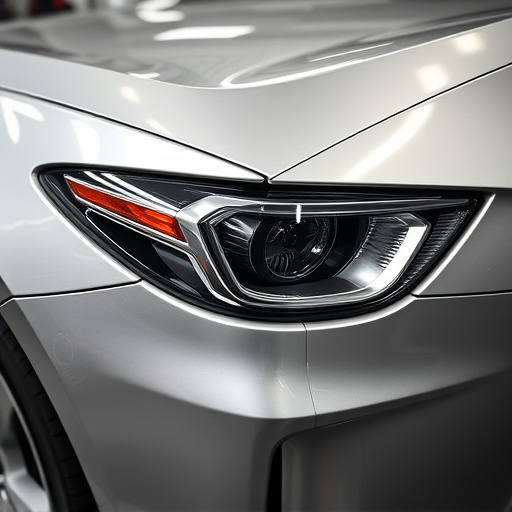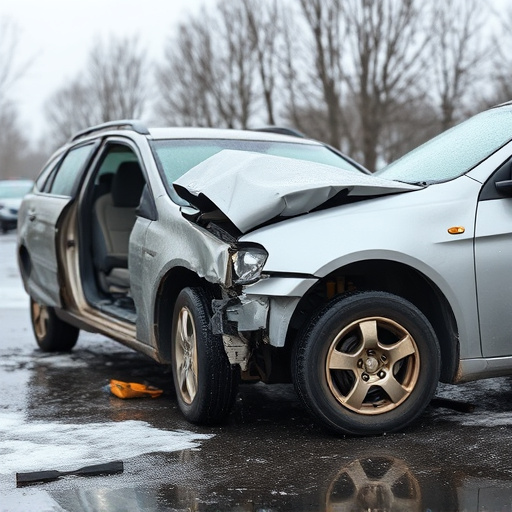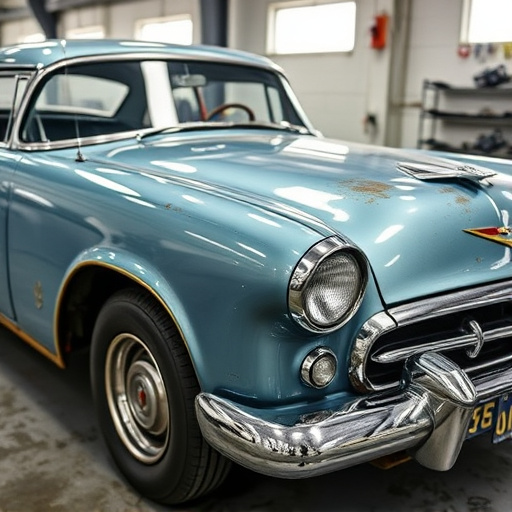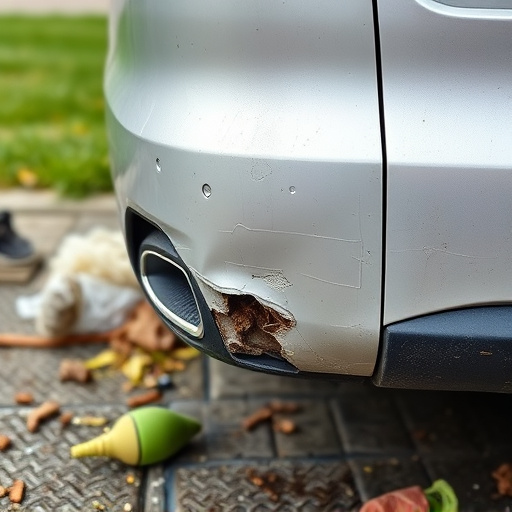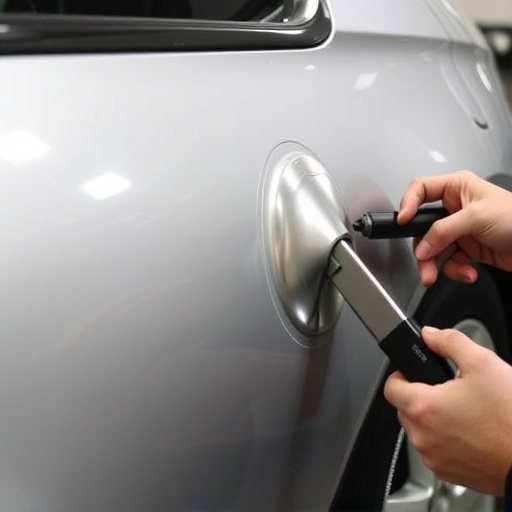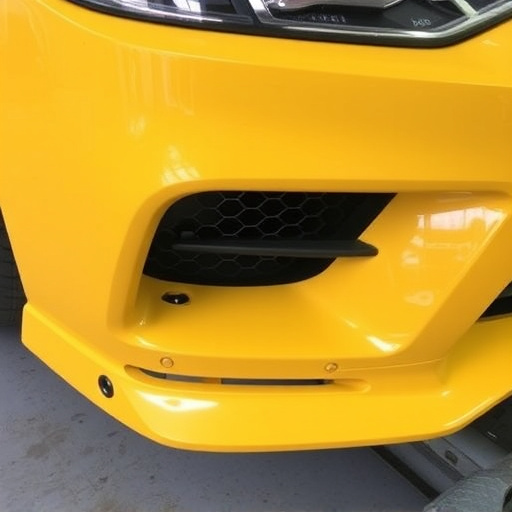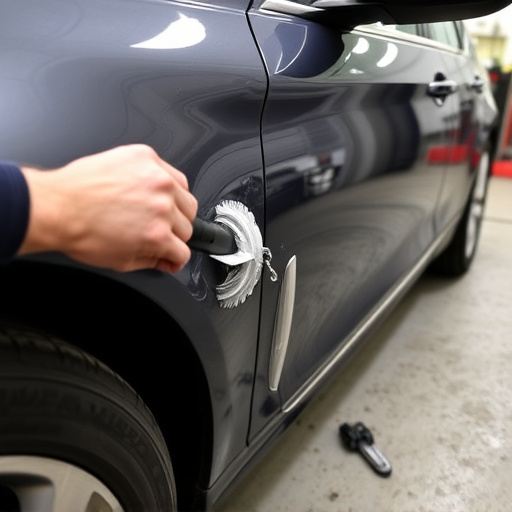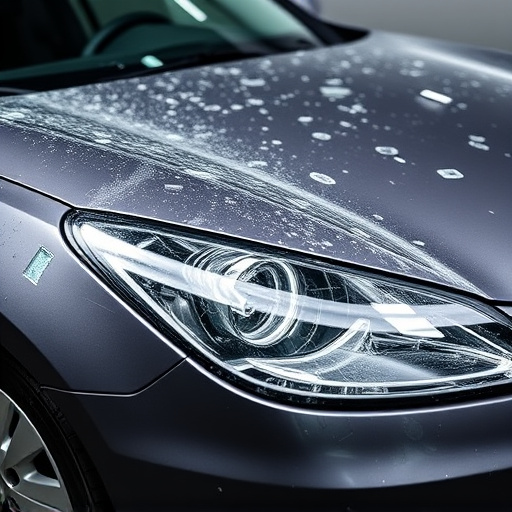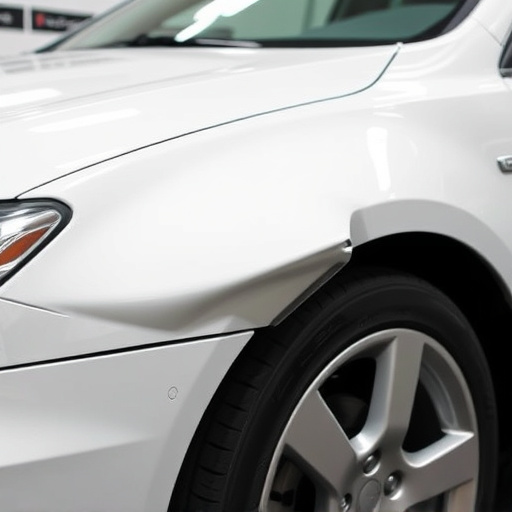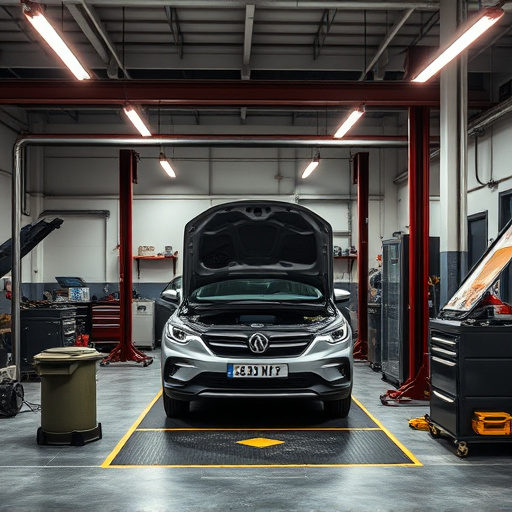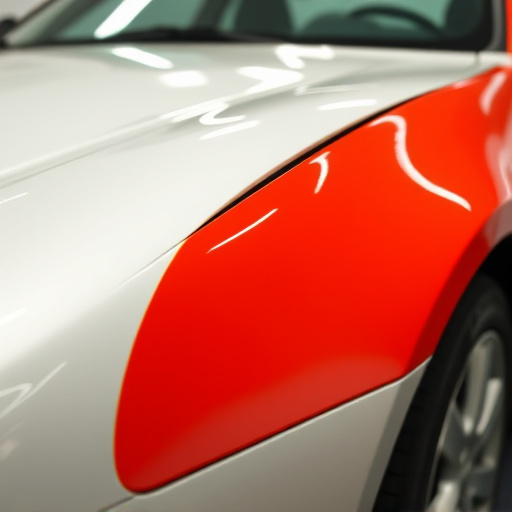Structural adhesive systems, leveraging high-performance adhesives, have transformed repair and reinforcement, offering precision and quality in vehicle body repairs and diverse industries. Choosing the right system is crucial for reliable bonding under varied conditions, with polyurethane adhesives versatile across materials and water-resistant options for exterior use. Effective implementation requires meticulous cleaning, surface profiling, precise application, and adherence to curing guidelines, ensuring strong bonds comparable to original components.
Structural adhesive systems are transforming the way we approach frame and panel repairs, offering a durable and efficient solution for a wide range of materials. This article delves into the benefits and applications of these innovative systems, guiding you through the process of selecting the ideal adhesive for your specific repair needs. From implementation techniques to optimal results, discover how structural adhesives are revolutionizing the construction and repair industry.
- Understanding Structural Adhesive Systems: Benefits and Applications
- Choosing the Right Adhesive for Frame and Panel Repairs
- Implementation Techniques for Optimal Repair Results
Understanding Structural Adhesive Systems: Benefits and Applications

Structural adhesive systems have emerged as a powerful solution for repairing and reinforcing structural frames and panels, offering numerous advantages over traditional fastening methods. These advanced systems utilise high-performance adhesives to create strong, durable bonds, ensuring structural integrity and longevity. One of the key benefits is their ability to repair damaged components without the need for extensive welding or mechanical fastening, making them ideal for both new construction and restoration projects.
In vehicle body repair and car body restoration, structural adhesive systems play a pivotal role in achieving precision and quality. They enable efficient scratch repair and seamless panel replacement, revitalising vehicles to their original condition. Furthermore, these systems are versatile, finding applications in various industries, from automotive to aerospace, where strong bonds and precise repairs are paramount.
Choosing the Right Adhesive for Frame and Panel Repairs
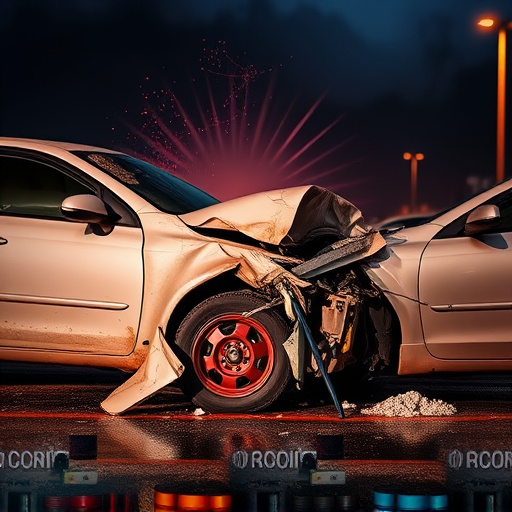
When repairing structural frames and panels, selecting the appropriate structural adhesive system is paramount for ensuring durability and safety. The right adhesive must match the specific materials being joined, as well as the expected environmental conditions. For instance, polyurethane adhesives excel in their versatility, bonding effectively to a wide range of substrates often encountered in construction and vehicle repair, such as metal, wood, and composite materials. This adaptability makes them suitable for everything from rebuilding damaged car bodies and components in fleet repair services to reinforcing structural panels in building renovations.
Understanding the unique demands of your project is crucial. Factors like temperature, moisture levels, and expected load-bearing capacity need careful consideration. For exterior applications or environments prone to extreme weather conditions, water-resistant or waterproof adhesives are preferable. In contrast, for vehicle paint repair where aesthetics play a vital role, specialized adhesives designed to bond seamlessly with painted surfaces without causing damage can significantly enhance the outcome.
Implementation Techniques for Optimal Repair Results
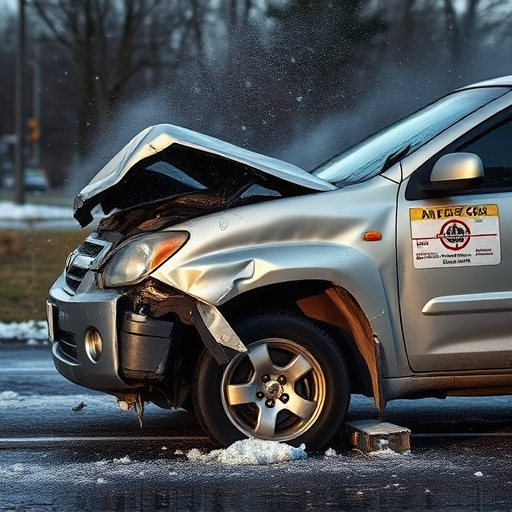
When implementing structural adhesive systems for frame and panel repairs, such as those often needed in car body shops to fix dents or fender damage, a methodical approach is key. Professionals in auto body repair should start by thoroughly cleaning and preparing the damaged area to ensure optimal adhesion. This involves removing any debris, rust, or old adhesives using appropriate tools and techniques. Surface profiling can also enhance adhesive bonding strength by creating a rougher texture for better mechanical interlock.
For precise results, precise application of the structural adhesive is crucial. Using specialized equipment like dispensing guns or automated applicators ensures consistent thickness and minimal excess. Following manufacturer guidelines on curing conditions, including temperature and humidity control, significantly influences the final bond strength. Proper training in using these systems and understanding their unique properties are essential to achieving successful repairs that rival the integrity of original car body components.
Structural adhesive systems offer a powerful solution for efficient and durable frame and panel repairs, ensuring the longevity of various structures. By understanding the benefits and selecting the appropriate adhesive, repair techniques can be optimized, resulting in robust and reliable connections. This comprehensive approach leverages the advancements in structural adhesives to navigate complex repair scenarios, making it an indispensable toolset for professionals in the construction and renovation sectors.
